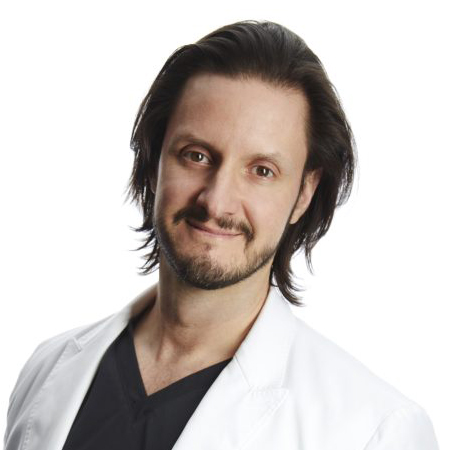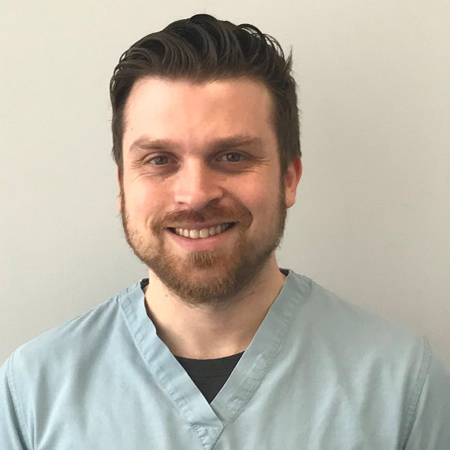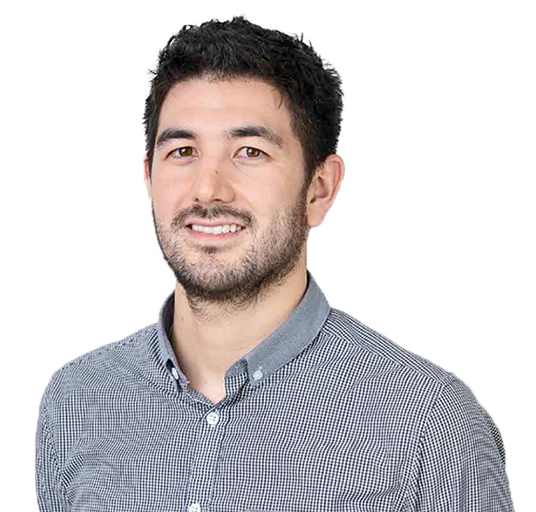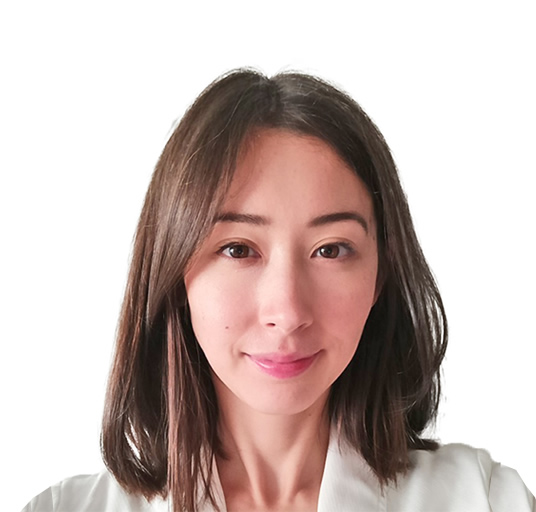
02
Oct
Making the Invisible Visible: Tools That Measure Real Change

For longevity claims to be credible, we must see what the naked eye cannot. These are the tools I consider essential:
1) PAOT® (Total Antioxidant Power)
PAOT quantifies the balance between oxidants and antioxidants in tissues and products, allowing you to compare the actual antioxidant performance of formulations—much like comparing SPF 15 vs. SPF 50 in sunscreens. In cosmetics, PAOT can be used in situ/in vivo to show whether an antioxidant serum meaningfully buffers oxidative stress rather than merely listing “vitamin C” on a label.
2) SkinLife Analytics (mtDNA Damage)
This is a non-invasive swab-based assay that measures mitochondrial DNA damage in skin—the “black box” of photodamage once thought to be purely cumulative. It provides a molecular readout of recent skin stress (≈30–40 days) and can track whether an intervention reduces damage over time.
Why this matters: mitochondria are central to skin aging; studies link mtDNA damage with oxidative stress and UV exposure, and there’s emerging evidence in cells and animal models that restoring mitochondrial function can reverse aging phenotypes.
3) Skin-Specific Epigenetic Clocks (True “skin age”)
Longevity is ultimately about biological age. Skin-specific methylation clocks—distinct from blood tests—estimate the skin’s molecular age and can respond to interventions. Several validated algorithms now exist (e.g., skin-specific clocks trained on skin biopsies/cell lines; newer models that correlate with wrinkle grade and visual facial age). If a brand claims “10 years younger,” an appropriate skin clock is how we test it.
(General epigenetic platforms like TruDiagnostic have popularized biological age and Pace-of-Aging reporting; for skin studies, tissue-matched clocks are preferred.)
4) High-Fidelity Imaging to Track Subsurface Change
Devices such as EveLab Insight visualize surface and subsurface UV damage and other dimensions of skin health in seconds. The Eve M platform uses 3 cameras and 5 spectral modes; the flagship Eve V employs 5 cameras with structured light for full 3D contour and multi-spectral analysis. These systems help correlate molecular improvements with visible and pre-visible changes.
Why Superficial “Longevity” Claims Fall Short
Many marketing claims repackage composite visual scores (“looks 5 years younger”) derived from wrinkle/redness grade systems. Those are useful descriptors, but they’re not molecular aging. Worse, highly occlusive products can “game” visual systems by transiently plumping or smoothing skin while leaving biology unchanged. A longevity claim should never rest solely on before/after photography.
Another frequent misstep: ingredient name-drops without delivery science. The classic 500-Dalton rule reminds us that large molecules (many peptides included) penetrate the stratum corneum poorly without specialized vehicles or carriers. If there’s no data on penetration or bioavailability, there’s no plausible path to affecting deep biology.
Our Approach: Build From Biology Up (Not From Wrinkles Down)
When we began formulating at Sajic Skin Science, we didn’t start with “What makes a face look younger?” We started with the hallmarks—senescence, mitochondrial dysfunction, inflammaging, stem-cell exhaustion, and nutrient sensing—and engineered around them.
Our GMA7 technology (present at the highest concentration in Rejuvenat, and also in Protectif and Renutriate) has undergone third-party testing with results presented at scientific meetings and prepared for peer review. In parallel, we’ve been documenting patient-level case studies with subsurface imaging (EveLab) and molecular markers (where appropriate), showing reductions in UV-patterned subsurface damage and improvements on objective assays. (Details to come upon journal publication.)
What we measure, we can improve. That is the ethic of longevity medicine applied to the skin.
Evidence, Context, and What’s Emerging
- UV → Systemic impact: Skin UV exposure is not “just cosmetic.” UV triggers cGAS-STING signaling, senescence, and immune remodeling; animal and translational studies show UV-exposed skin can drive systemic inflammatory responses and even distant-organ effects (e.g., kidney signal cascades).
- Mitochondria & photodamage: UV increases mtDNA damage in skin; improved mitochondrial function correlates with reversal of aging phenotypes in preclinical models.
- Environment & brain aging: While UV’s direct links to dementia remain under active study, environmental exposures tied to light/air do influence neuroaging risk. Excess PM pollution is associated with higher vascular dementia risk, and light at night may worsen Alzheimer’s risk—both underscoring why longevity is an ecosystem of exposures, not a single cream.
How to Tell if a “Longevity Skincare” Claim Is Real
Use this checklist as a consumer or clinician:
- Hallmarks Alignment
Does the brand state which hallmarks it targets (e.g., senescence, mitochondrial dysfunction) and how? If not, caution. - Validated Measurement Tools
Do they use assays like PAOT (antioxidant power), mtDNA damage (SkinLife), skin-specific epigenetic clocks, and multi-spectral imaging to show more than surface changes? If all you see are before/after photos, it’s marketing. - Delivery & Bioavailability
Are there data showing the actives reach their targets (vehicle science, molecular size, or carrier systems)? The 500-Dalton constraint is a real barrier without smart formulation. - Third-Party Evidence
Abstracts, posters, or peer-reviewed papers—preferably with human data and clear endpoints—matter far more than brand copy. - Claims Discipline
Are outcomes reported in biological units (e.g., change in mtDNA lesion rate, antioxidant index, clock age shift) rather than just “X years younger” based on photography?
Lifestyle Still Matters (and It Supercharges Your Skincare)
Longevity skincare works best when the rest of your life isn’t working against it.
- Photohygiene: smart UV exposure, protective behaviors, and evidence-based filters reduce the mitochondrial damage you’re asking products to fix.
- Diet & stress: oxidative stress rises with poor diet and chronic stress; both accelerate multiple hallmarks.
- Sleep & circadian light: minimizing light at night supports circadian integrity—an emerging brain-health factor with plausible skin links via hormones and repair pathways.
Where the Field Is Going
Two trends excite me:
- From snapshots to clocks: As skin-specific epigenetic clocks mature, we’ll benchmark interventions by time won back at the tissue level. That will separate “longevity-styled” cosmetics from genuine longevity therapeutics.
- Mitochondrial repair & senotherapeutics: Combining mtDNA-damage monitoring with senescence-targeted strategies (the “zombie cell” problem) will let us personalize regimens and potentially reverse components of photoaging—with hard data, not hope.
A Challenge—and a Promise
Challenge to the industry: Stop calling it “longevity” if you’re not measuring biology. Publish your endpoints. Show your delivery science. Prove you can move a clock, lower mtDNA damage, raise antioxidant power, and visualize subsurface recovery.
Promise to patients and consumers: Damage once thought inevitable can be measured and, in some domains, improved. My own journey—from dermatologist to skin-cancer patient and back—made this personal. The point of longevity medicine is not to make you hide from the world; it’s to help you live in it, confidently and resiliently.

Dusan Sajic, MD, PhD

Richard Backstein, MD

Sonja Sajic, CCPA

Daniel Wong, MD, FRCPC

Tiffany Chen, MD, FRCPC, DABD

Toni Alberto, CCPA
With more than 20 years of experience, deRMA Skin Institute strive to offer patients the most advanced treatments available to keep their skin healthy and looking its best. Board Certified Dermatologist, Dusan Sajic, MD, PhD, board-certified Plastic and Reconstructive Surgeon, Richard Backstein, MD, FRCSC, Sonja Sajic, CCPA, Toni Alberto CCPA, Tiffany Chen MD PRCPC and Daniel Wong MD FRCPC are committed to providing state-of-the-art medical, surgical and cosmetic treatments to all patients in Guelph, Burlington, Cambridge, Kitchener, Hamilton, Milton, and surrounding areas.
Contact Us
Fields marked * are required
If you are an existing patient inquiring about appointments and services, please contact
Guelph Cosmetic Department: (888) 803-3762 [email protected]
Guelph Medical Department: (519) 836-8558 [email protected]
Burlington Cosmetic Department: (888) 803-3762 [email protected]
Burlington Medical Department: (905) 849-5057 [email protected]


